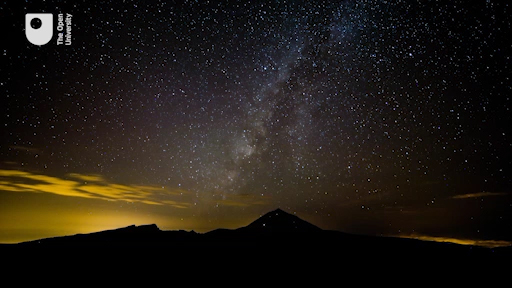Week 3: Stellar magnitudes
Introduction
Last week discussed the importance of waiting for your eyes to dark adapt when you observe the night sky and also the importance of a good observing site for getting the best out of your view. You also saw how using optical equipment such as a pair of binoculars or a telescope to collect more light can greatly add to the number of objects you can see.
This week you will explore how the brightness or (in astronomical terms) the magnitude of an object affects your ability to see it with your eyes, and with binoculars and telescopes. This knowledge will be really useful in planning the imaging that you will undertake next week with COAST as it will help you to determine exposure times and decide which objects to target in order to obtain your own beautiful astronomical images.

Transcript
By the end of this week you will be able to:
- understand the astronomical magnitude scale and how it relates to the brightness of stars as viewed from Earth
- analyse the magnitude limits of COAST and other instruments
- discuss the faintest object you can observe with the naked eye.
